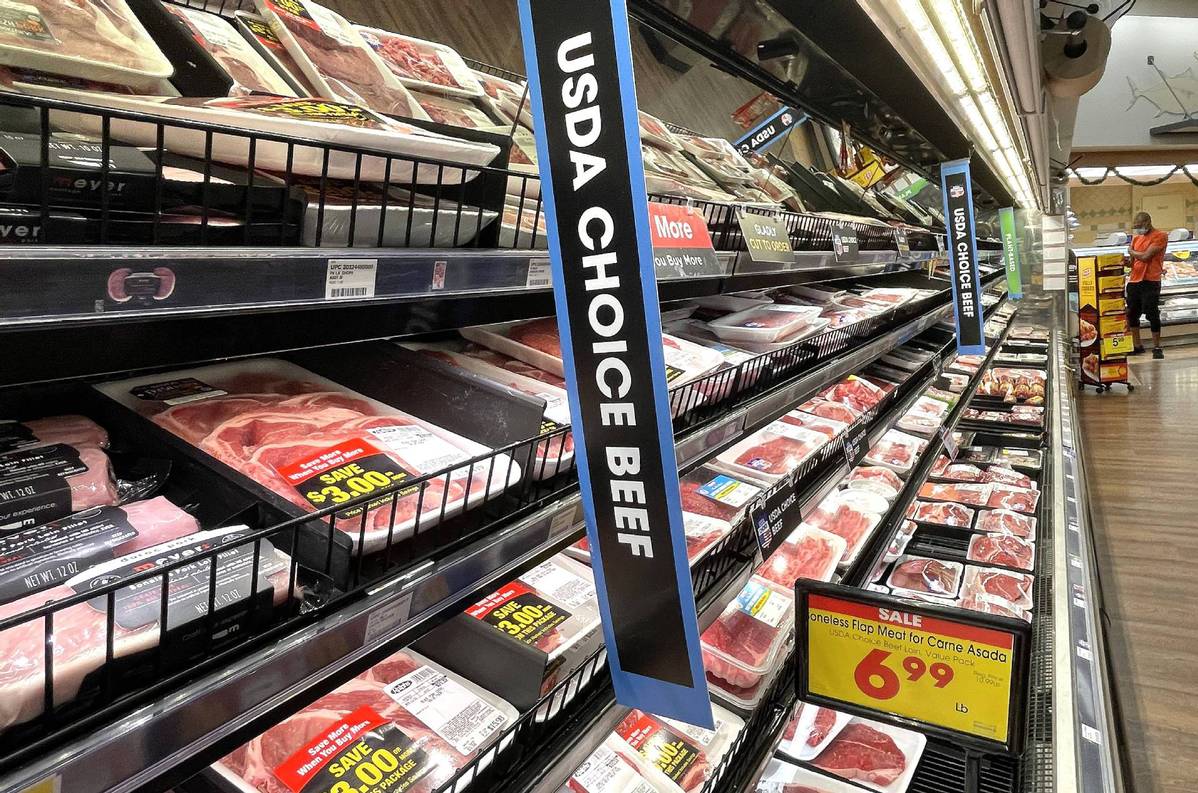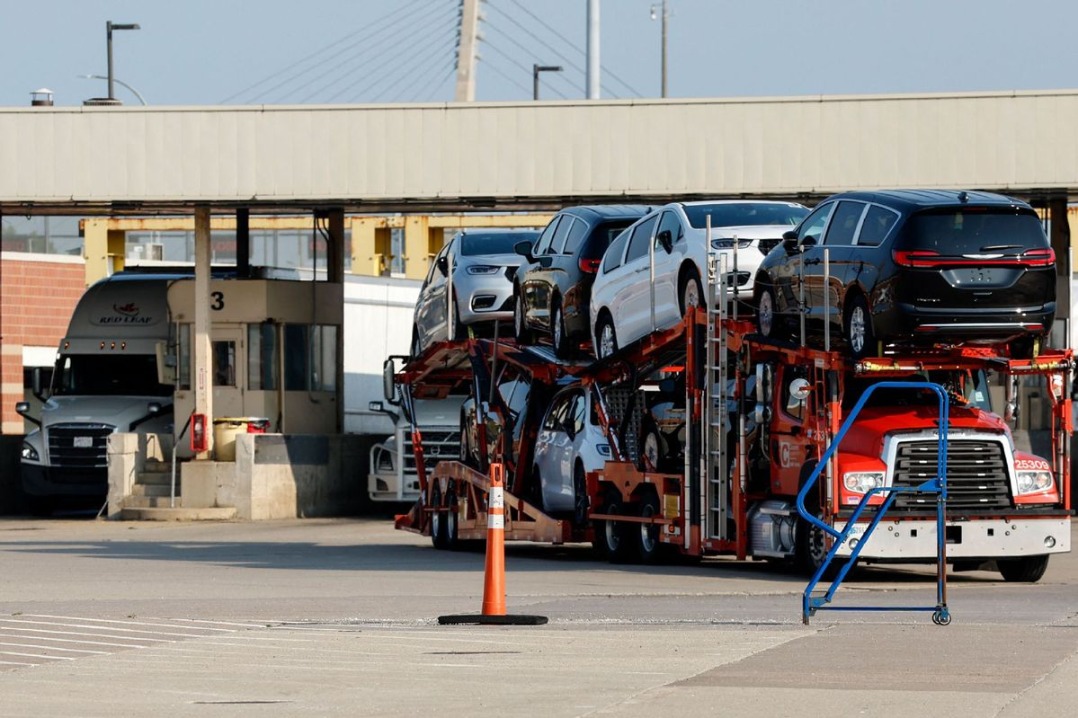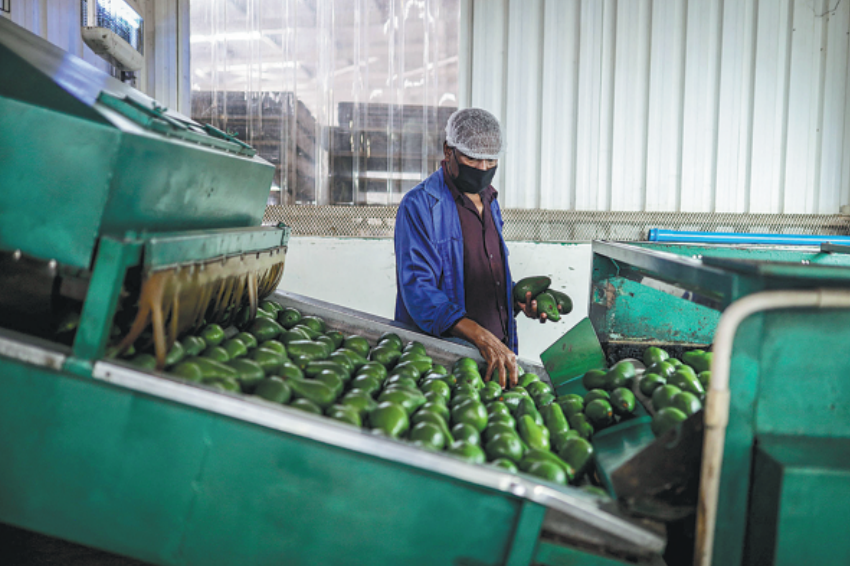Rising price of food in US hurts food banks


This will be the most expensive Thanksgiving in America in years because of high food prices, which also are hurting many of the nation's food banks on which tens of millions of people in the US rely.
Nearly every component of the Thanksgiving feast, from the turkey to the disposable roasting pan, after-dinner coffee and quintessential pumpkin pie will cost more this year.
Labor shortages, higher transportation costs, supply chain disruptions and extreme weather are factors, while Americans are spending more time cooking and eating at home, increasing food demand.
In October, the US Consumer Price Index for food rose by 5.3 percent from a year ago, the most since January 2009, the Labor Department reported Wednesday.
And food prices are rising globally. The United Nations Food and Agriculture Organization said that world food prices rose for a third straight month in October and have reached a 10-year peak. On a year-on-year basis, the index was up 31.3 percent in October, the agency said.
The world is seeing more people seeking help from food banks, Brian Greene told China Daily. He is the president of the Houston Food Bank, the largest Feeding America food bank in the nation, which serves about 100,000 families a week.
"The lines are longer than they were prior to COVID," he said.
Because most of the food in the Houston Food Bank is surplus food from donations, rising food prices haven't influenced the agency's food supply greatly, Greene said.
"The foods that would normally go to the supermarkets are decreasing, but on the other hand, (for) the foods that are going to the restaurants, we have a huge increase there. So we don't really see an overall decrease in food (supply)," he said. "To this day, I would not say that overall supply of donations is down, they are just shifted. It is a very unstable market."
But the story is different for other food banks.
"We are seeing price increases from our vendors of between 2 percent to 10 percent for some items," Paule Pachter, CEO of Long Island Cares-The Harry Chapin Food Bank, told China Daily. The agency provides food and support services for a network of more than 374 community-based member agencies, including food pantries, emergency shelters, child care programs, disability organizations, and veterans services programs.
The increase in food prices is causing more people to seek help from food pantries but food donations are decreasing. Food banks are seeing increasing "donor fatigue", and more donors are willing to volunteer rather than make continuous donations of food, Pachter said.
"We are experiencing a significant decrease in the total amount of food donations being made to the regional food bank," he said. "As of September 30, 2021, food donated through food drives is down by 20 percent when compared to the same time in 2020. We are seeing a decrease in both in-person and virtual food drives being hosted this year," said Pachter.
To cope with the rising prices, the agency is sourcing more items from programs such as Feeding NY State and Nourish NY, Robert LaBarbara, chief procurement and supply chain officer told China Daily. Those programs will allow the agency to procure food at lower or no cost, to offset rising prices, he said.
In Oakland, California, the Alameda County Community Food Bank told The Associated Press that it is spending an extra $60,000 a month on food. Combined with increased demand, it is now spending about $1 million a month to distribute 4.5 million pounds (2 million kilograms) of food, Michael Altfest, the Oakland food bank's director of community engagement, told AP. Before the pandemic, he said it was spending a quarter of the money for 2.5 million pounds of food.
"What happens when food prices go up is food insecurity for those who are experiencing it just gets worse," said Katie Fitzgerald, COO of Feeding America, a nonprofit organization that coordinates the efforts of more than 200 food banks across the country.
As food prices rose, the Biden administration announced an increase to the Supplemental Nutrition Assistance Program, or SNAP, in mid-August, describing it as the largest in the history of the food-stamp program. People will see more in their monthly payments. but those higher benefits aren't likely to offset the continuing rise in prices.
"The amount of money they give us on this food stamp is getting more. I and my wife are getting about $460 per person every month," a New York City resident who asked not to be identified told China Daily. The couple live with their adult children and said that even though they are getting more benefits, "those benefits will not be enough for us if we weren't getting subsidies from our children".

































